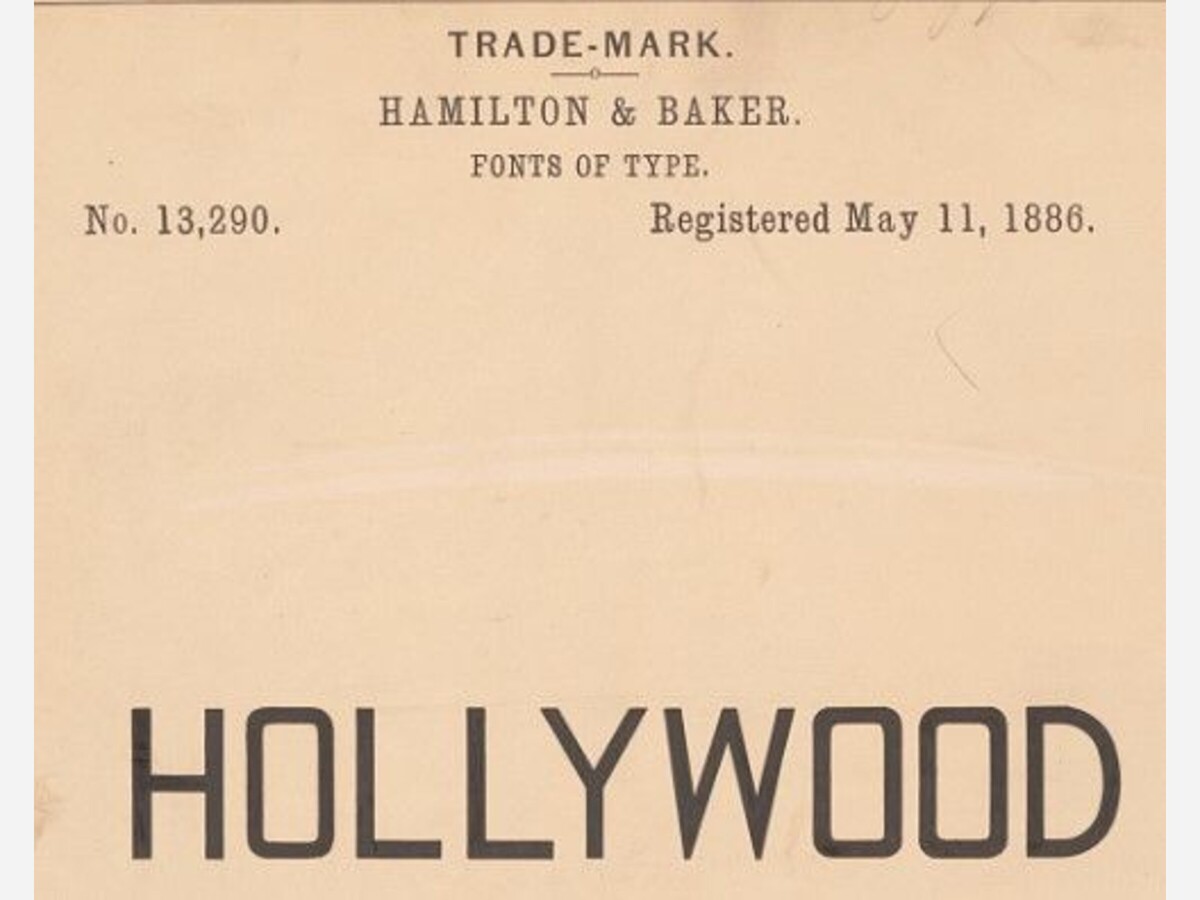The new Mayor, Karen Bass, upon her election alluded the City had numerous job openings. The opposite is expected, in the private sector, by undoing the Garcetti's edict to light the Hollywood Sign which is symbolic and also invites tourism. Mayor Bass addressed the wildlife population being upset and infringed upon by the lights. However, no mention was made by the new Mayor's office about the limitations on the lighting which were included in the edict.
- Noted the upcoming 100th anniversary of the Hollywood sign
- Limited the amount of time the sign would be lit
- Not more than six times a year
- No more than 3 days per lighting.
- Included a requirement for an impact report to be submitted to the LA City Council.
- Costs:
- On top of full-cost recovery for city services rendered, the Hollywood Sign
Trust shall pay the city for lighting the sign as follows:
a. Civic holidays—full cost recovery plus $10,000
b. Non-profit entities—full cost recovery plus $50,000, waivable by a vote of
the City Council and concurrence of the mayor.
c. For-profit entities—full cost recovery plus $100,000, not waivable.
History highlights of Hollywood:
- 1886: Hollywood Brand of font was trademarked [Trademark registration by Hamilton & Baker for Hollywood brand Fonts of Type] | Library of Congress (loc.gov)
- 1887: The community which became Hollywood was established by Harvey and Daeida Wilcox for the benefit of those who favored temperance, ironically not aligning with the Hollywood industry. Thus, the name of Wilcox Avenue, a North/South Street where the Hollywood Police Department is located.
- 1898: Cahuenga Valley becomes the home of postcard "Flower Artist" Paul DeLongpre, now the corner of Hollywood Blvd & Cahuenga! He and his home became the first celebrities of the new community.
- "In 1898, Canadian architect and sculptor Louis J.B. Bourgeois designed De Longpre’s house in Cahuenga Valley, as it was called back then, in Mission Revival style, and when it was finished in 1901, it became one of Hollywood’s most lavish mansions"
- De Longpre’s mansion was included in the Balloon Route Trolley trip; when placed on a map, the route made the outline of a balloon. The Balloon Route Trolley’s first stop, also by streetcar, after leaving the South Hill Street Station in downtown Los Angeles, was his residence. It became an attraction where tourists strolled through his studio and the colorful gardens surrounding his home. They were invited to have their pictures taken, and they could buy the photos. Along with his paintings, the tours supported his family. Back then, there were many impressive mansions in rural Hollywood, but his became Hollywood’s first tourist attraction. INTERVIEWS WITH ACTORS AND FILMMAKERSINTERVIEWS WITH ACTORS AND FILMMAKERS (filmtalk.org)
- 1903: Hollywood becomes an incorporated city
- 1906 "The motion picture industry did not come to Hollywood until HJ Whitley, The Father of Hollywood, spent over fifteen years and millions of dollars developing and beautifying the area."
- 1910: Hollywood merges with Los Angeles
- 1911: The first movie studio, Nestor Studio, is established in the new Hollywood community
"By the end of the decade, Hollywood was the nation’s fifth largest industry, attracting 83 cents out of every dollar Americans spent on amusement."
H. J. Whitley’s Hollywood holdings amounted to 480 acres and the good roads, boulevards, electric lines and the roads through Cahuenga Pass and Laurel Canyon are largely his work.
- 1923: The original Hollywood sign was erected to promote a new community adjacent to Hollywood: Hollywoodland.
- It is erected by Harry Chandler, owner of the Los Angeles Times
- The cost of the sign in 1923 was 21,000, equivalent to $250,000 100 years later.
- 4,000 light bulbs provided the oscillating illumination:
- “Holly,” then “Wood,” then “Land” and then the entire word, “Hollywoodland.”
- 1977: The sign is in disrepair; Fleetwood Mac decides to host a fundaiser concert adjacent to the property, but local neighbors stopped the even.
More News from Los Angeles
- LA Cactus & Succulent Society Annual Festival & Plant Sale LACSS Spring Cactus Sale at Tarzana Community & Cultural Center - May 17 & 18. Native Plants, Lectures, Live Auction: Saturday, Food Trucks, Music & Kids’ Day will be on Sunday!
- Clearly Attention is On Canada The Clearly Canadian sparkling beverage company has parallel efforts across social media to garner attention in April, including two contests and a call for brand ambassadors.

